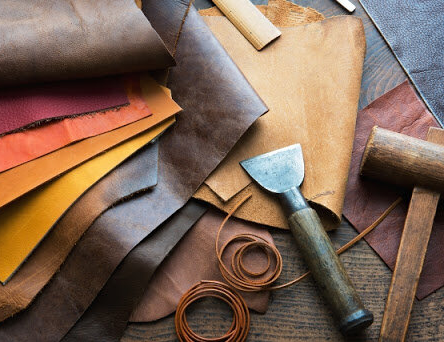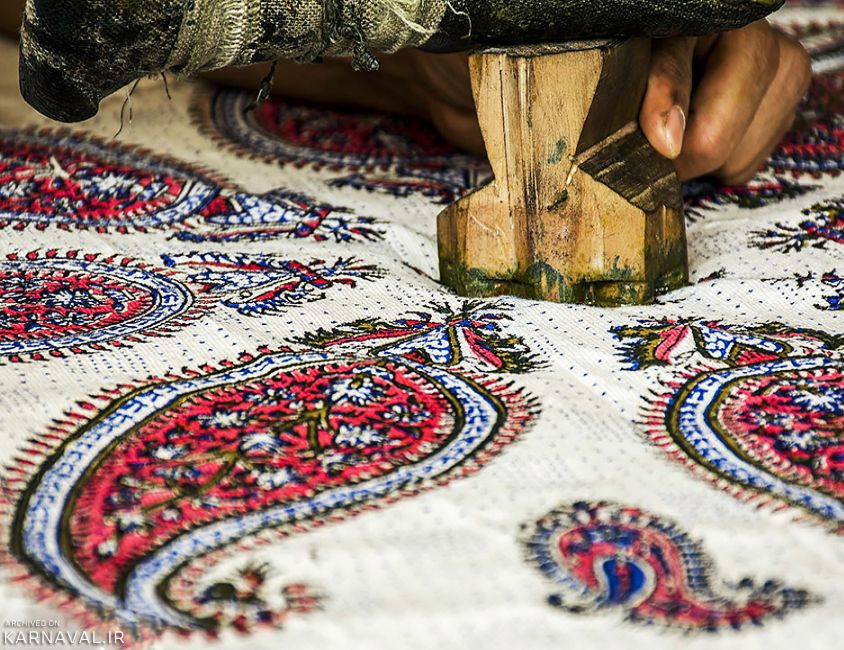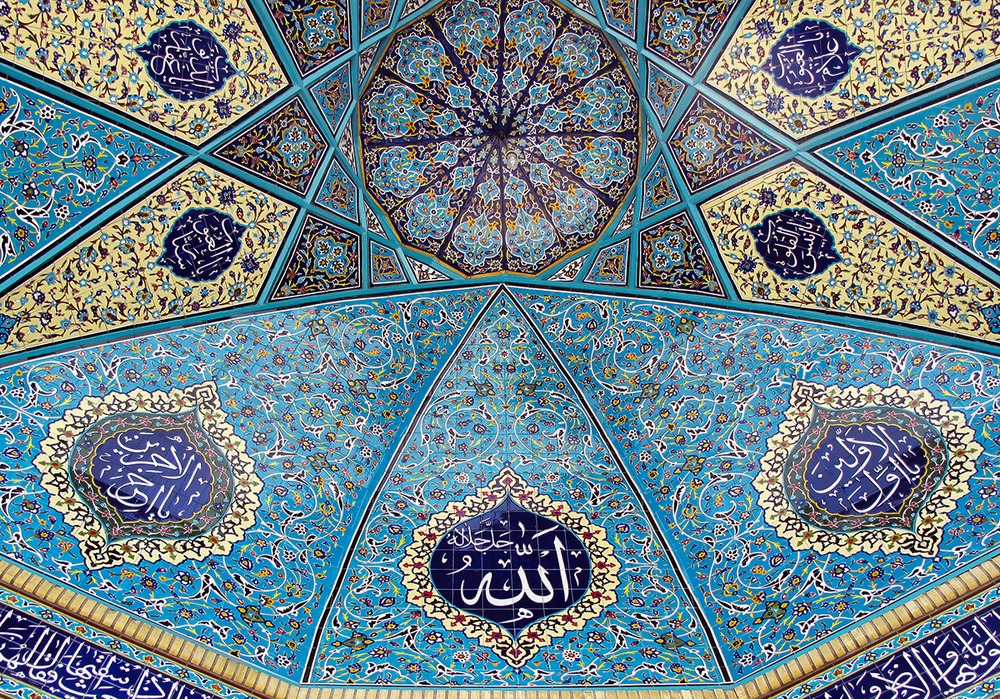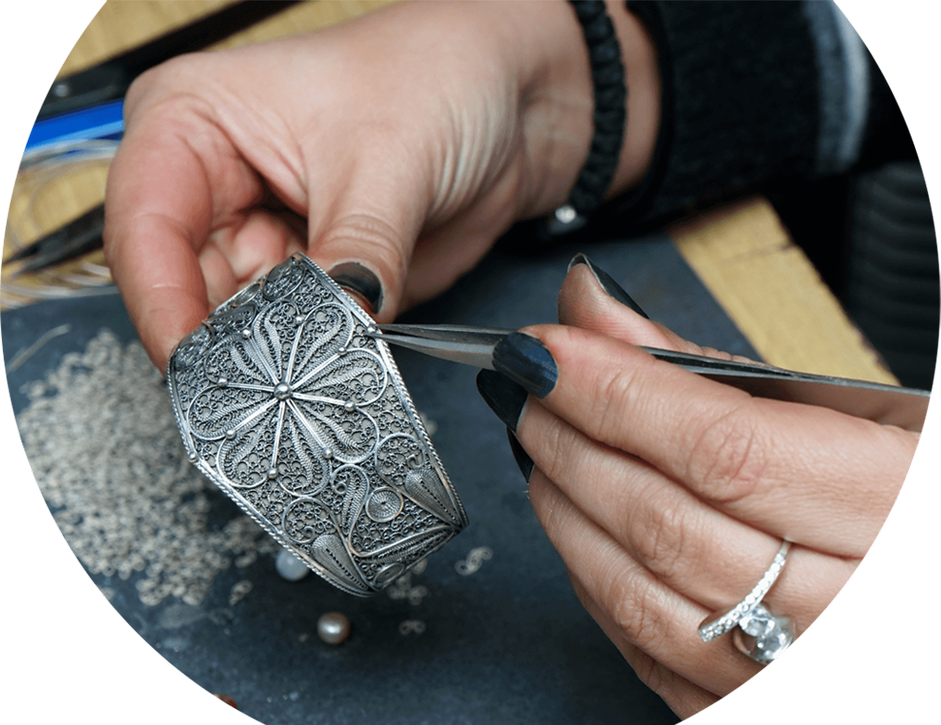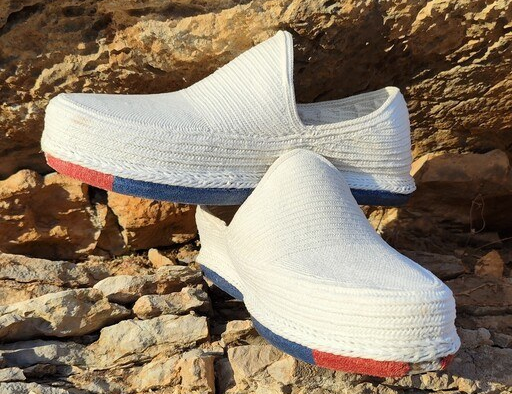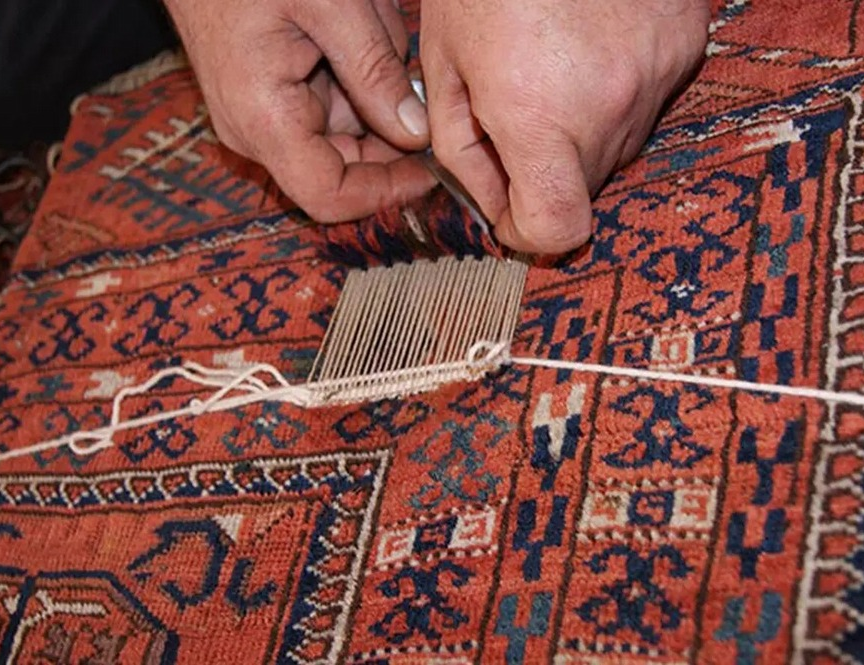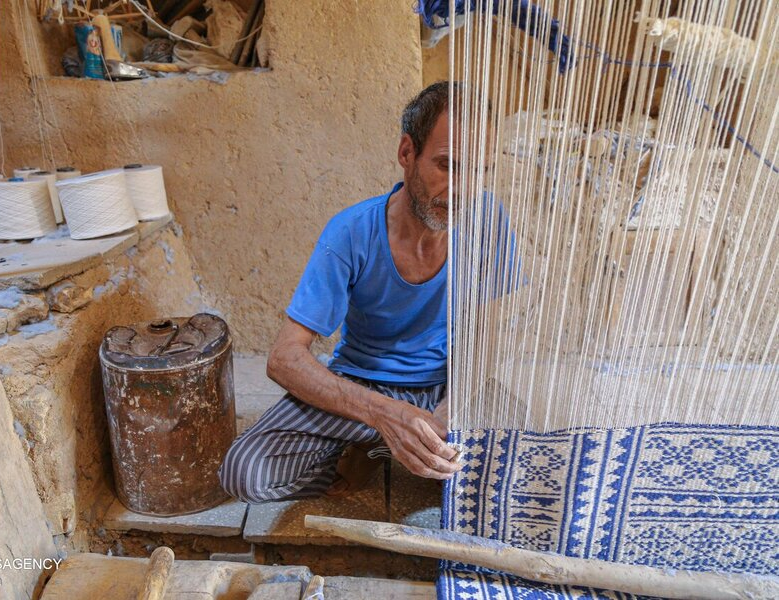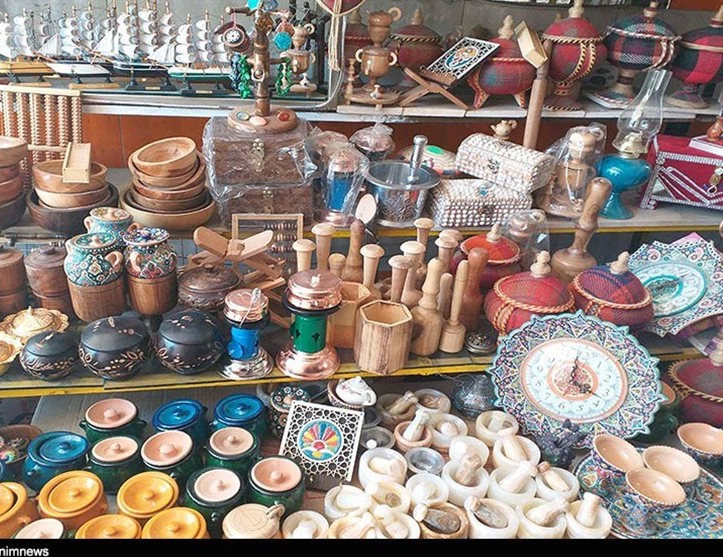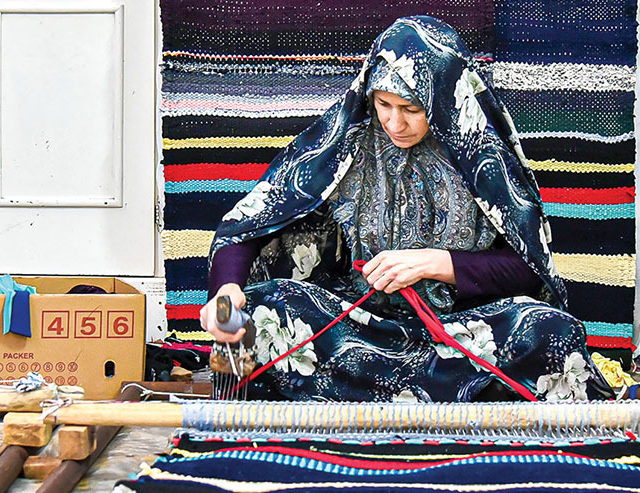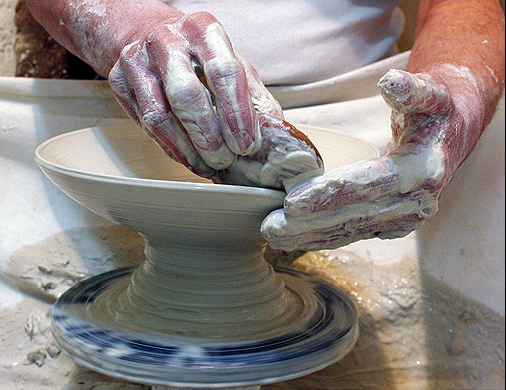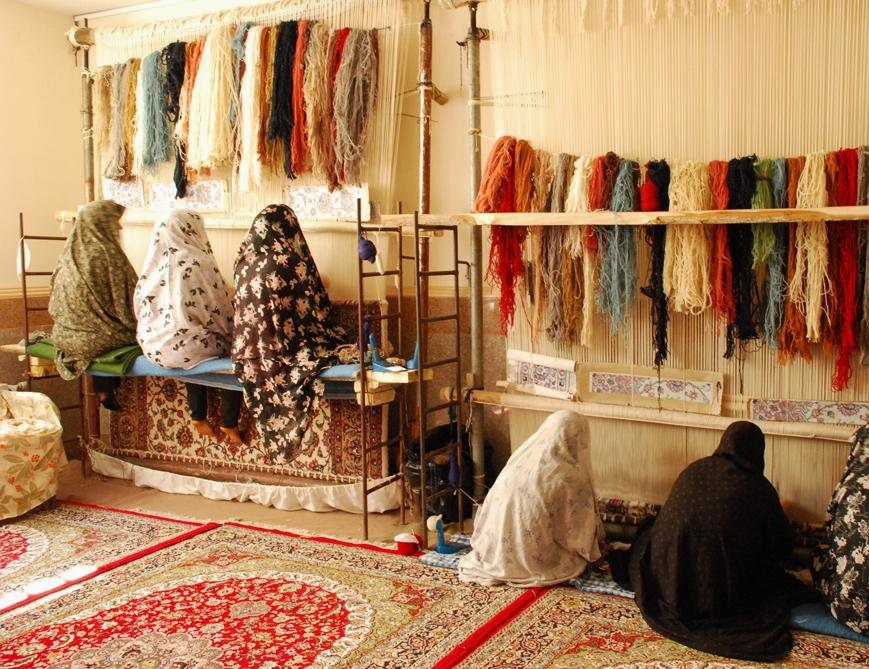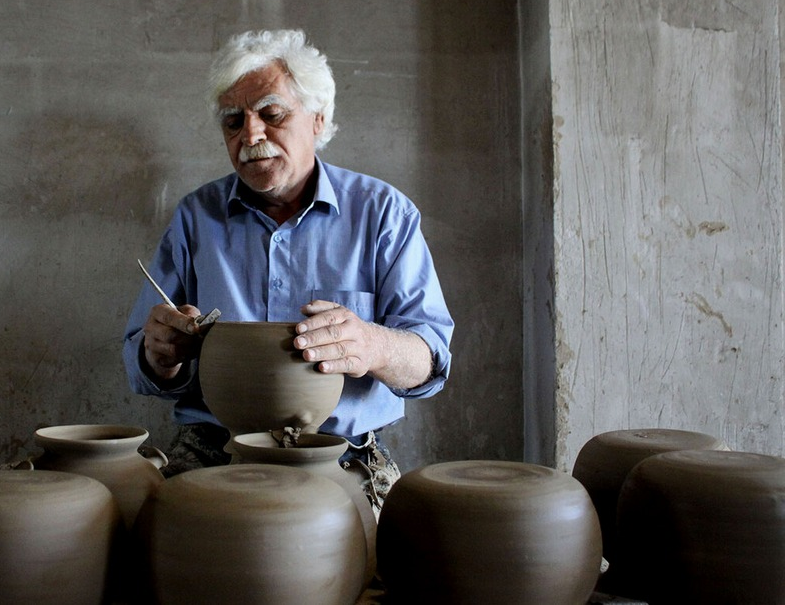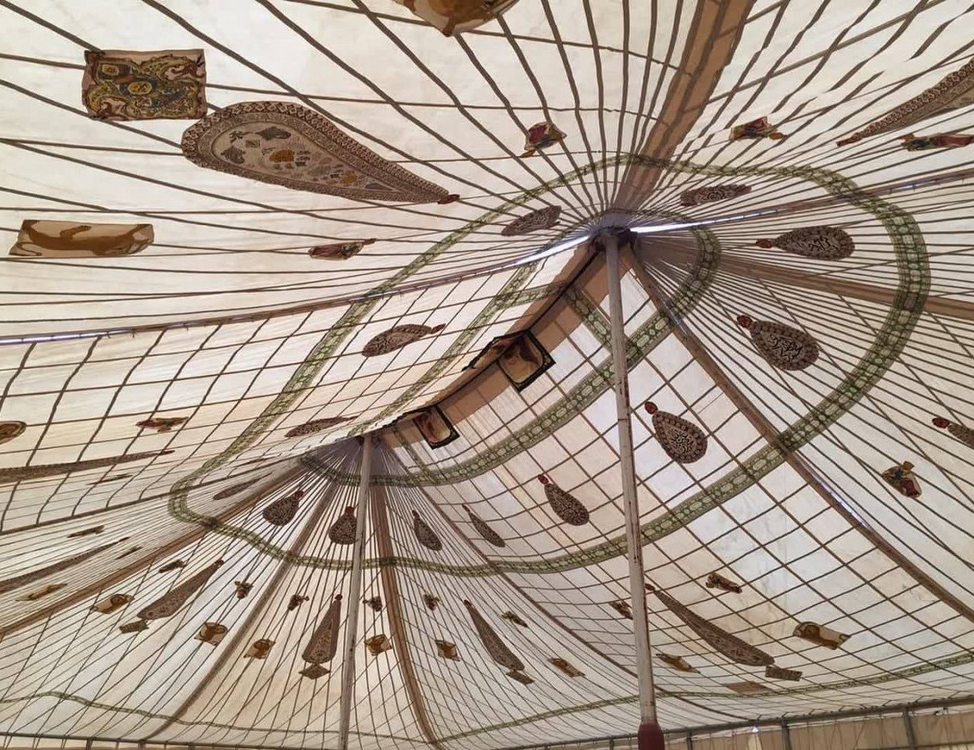
Carpet Weaving in Nahavand
The art of carpet weaving is of great importance among Iranians such that in different regions of Iran and as per the special taste and culture of its people, this art has manifested itself in a variety of designs, making the Iranian carpet a popular handicraft. Nahavand is one of the regions where carpet weaving has its own special form and style.
Where Is Nahavand located?
Nahavand County is located in the southwest of Hamadan Province and in the neighborhoods of Malayer, Tuyserkan, Kermanshah, and Borujerd counties. Since the traditional economy of this city is based on agriculture and animal husbandry, its people have long been engaged in arts such as wool spinning, traditional dyeing, and carpet weaving.
Presently, Nahavand ranks first in such handicrafts as carpets and rugs. The other handicrafts of this county include traditional musical instruments and “Giveh” (a kind of handmade footwear), which is very popular among the people of Lorestan Province.
Features of Nahavand Carpet
A review of the history of Nahavand County confirms the antiquity of the art of carpet weaving in this region. From the distant past, Nahavandi women have, in addition to their other daily activities, been engaged in carpet weaving. In the past, Nahavand carpet was used in the homes of the people of the region and was also one of the main components of brides’ dowry.
Nowadays, the Nahavand carpet is mostly woven in villages, and its most famous design is known as “Seh Gol” (lit. three flowers); a motif that is woven on the four sides of the carpet. The villages of “Oshvand” in the east and “Zaravin” in the south of Nahavand are among the most important centers of carpet production with these motifs. Flowers, bushes, peacock feathers, and clustered flowers in a vase are among other motifs that can be seen in the Nahavand carpet. In general, Nahavand carpet motifs can be described as coarse and rustic. Due to its proximity to the centers of handwoven carpet production such as Hamedan, Arak, and Qom, the art of carpet weaving in Nahavand has been influenced by the designs used in these places, but has not lost its originality and uniqueness.
Although the dominating color used in Nahavand carpet is red and its different shades, the use of bright colors such as light blue, yellow, and sometimes green and orange gives it a special effect.
Carpet Weaving Tools
The carpet weaving looms used in Nahavand are of two types, horizontal and vertical the horizontal type of which is mostly used by nomads. Vertical looms are made of metal or wood and are leaned against the wall or column for more stability. Other tools such as scissors and comb (daftin) are also used in carpet weaving. Daftin is used to beat the wefts and regularize them.
The skill of carpet weaving in Nahavand passed from one generation to the next, but today, teaching institutes have been established for weaving and marketing this product. In addition, some companies have also entered the carpet market of Nahavand as a result of which the export of Nahavand carpets has flourished in the last couple of decades.
The art of carpet weaving of Nahavand was inscribed on the list of Iran’s intangible national heritage towards the end of the year 2019.
The art of carpet weaving is of great importance among Iranians such that in different regions of Iran and as per the special taste and culture of its people, this art has manifested itself in a variety of designs, making the Iranian carpet a popular handicraft. Nahavand is one of the regions where carpet weaving has its own special form and style.
| Name | Carpet Weaving in Nahavand |
| Country | Iran |
| Cities | |
| Works | Knitting, sewing and textile |
| Registration | National |
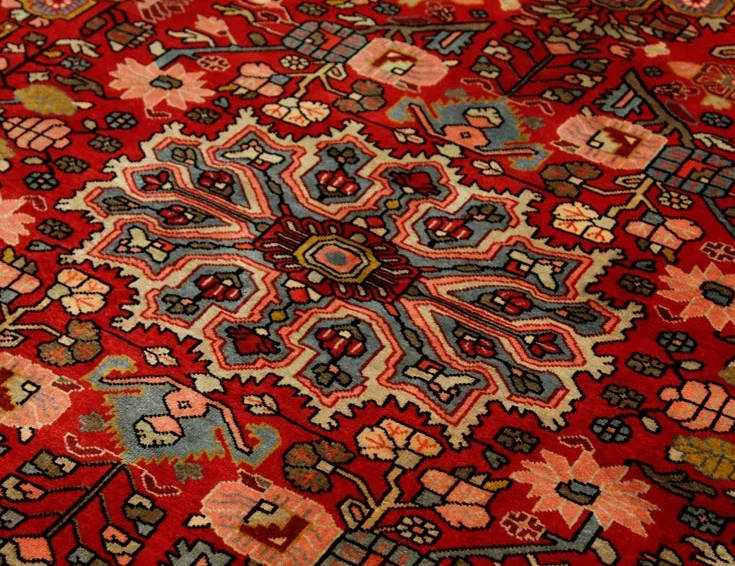
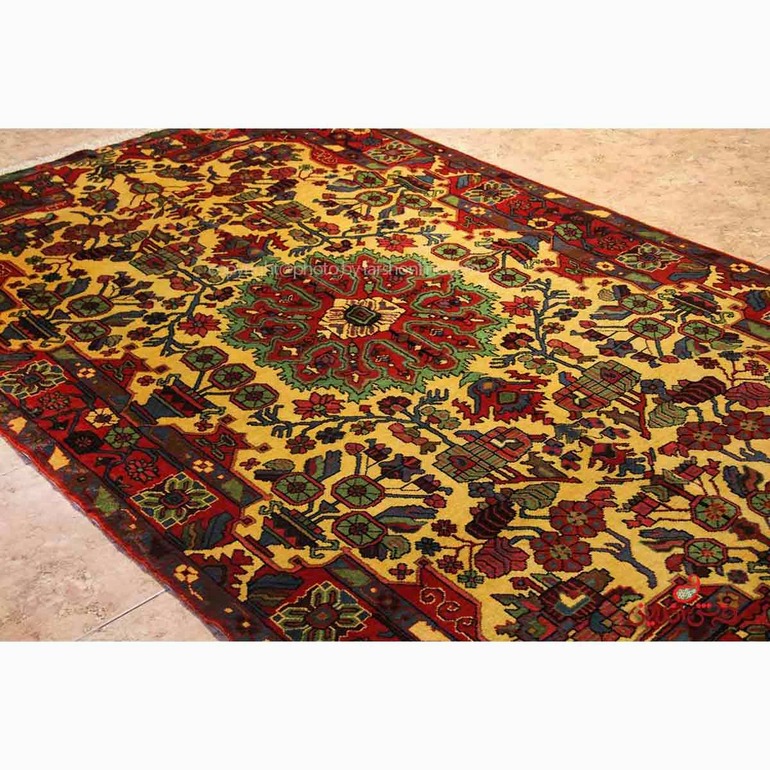


Choose blindless
Red blindless Green blindless Blue blindless Red hard to see Green hard to see Blue hard to see Monochrome Special MonochromeFont size change:
Change word spacing:
Change line height:
Change mouse type:
